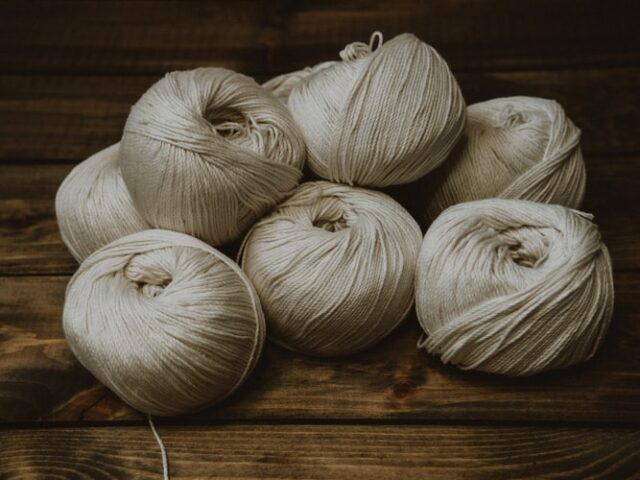
前一篇文章
Understanding Mercerization in Yarn: Advantages and Disadvantages
2023年10月10日
KNIT MAGAZINE
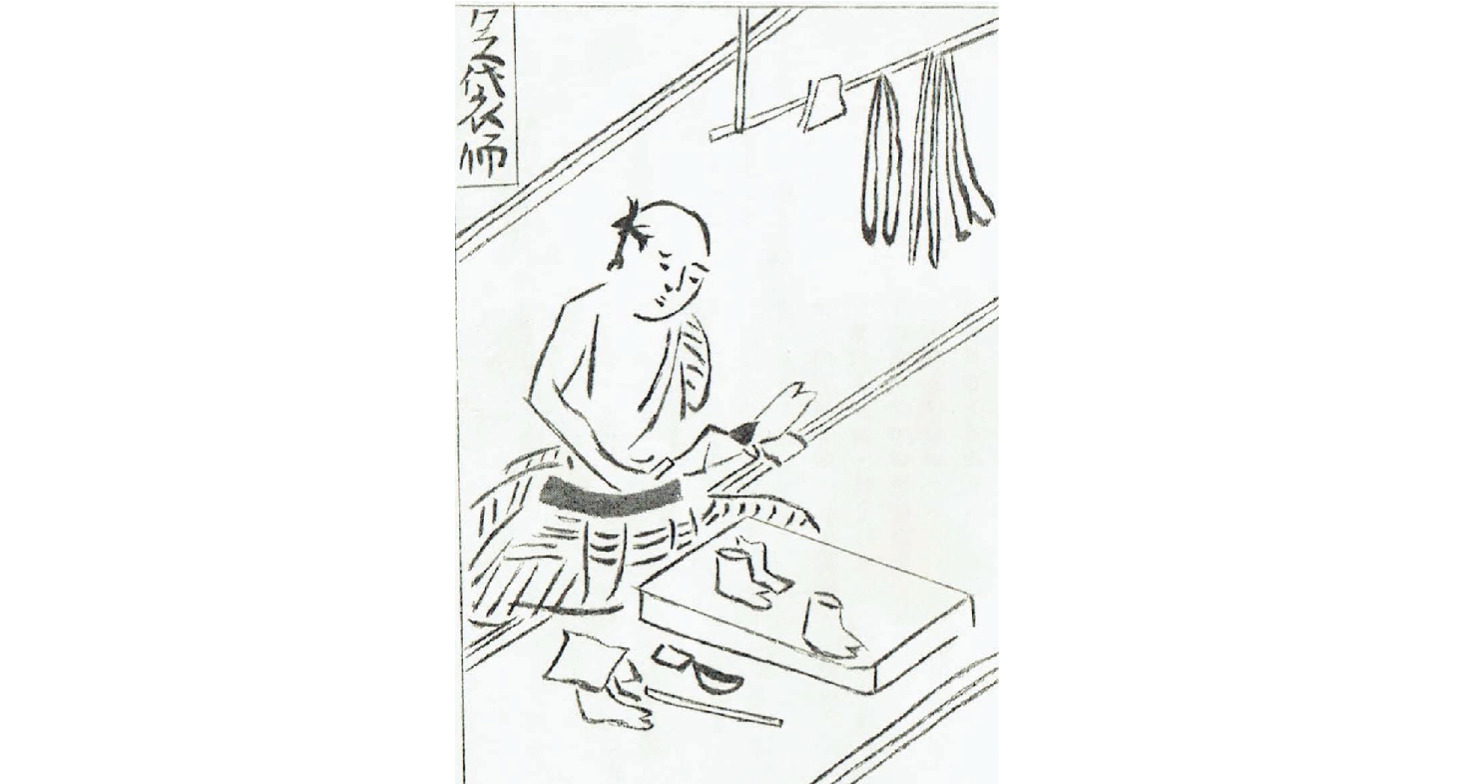
It’s getting cold in Tokyo. I am glad that Autumn is finally coming!
While taking out my winter socks from the closet, I was thinking about the history of socks in Japan. If you are curious about it like me, let’s get a cup of tea and join my little historical journey!
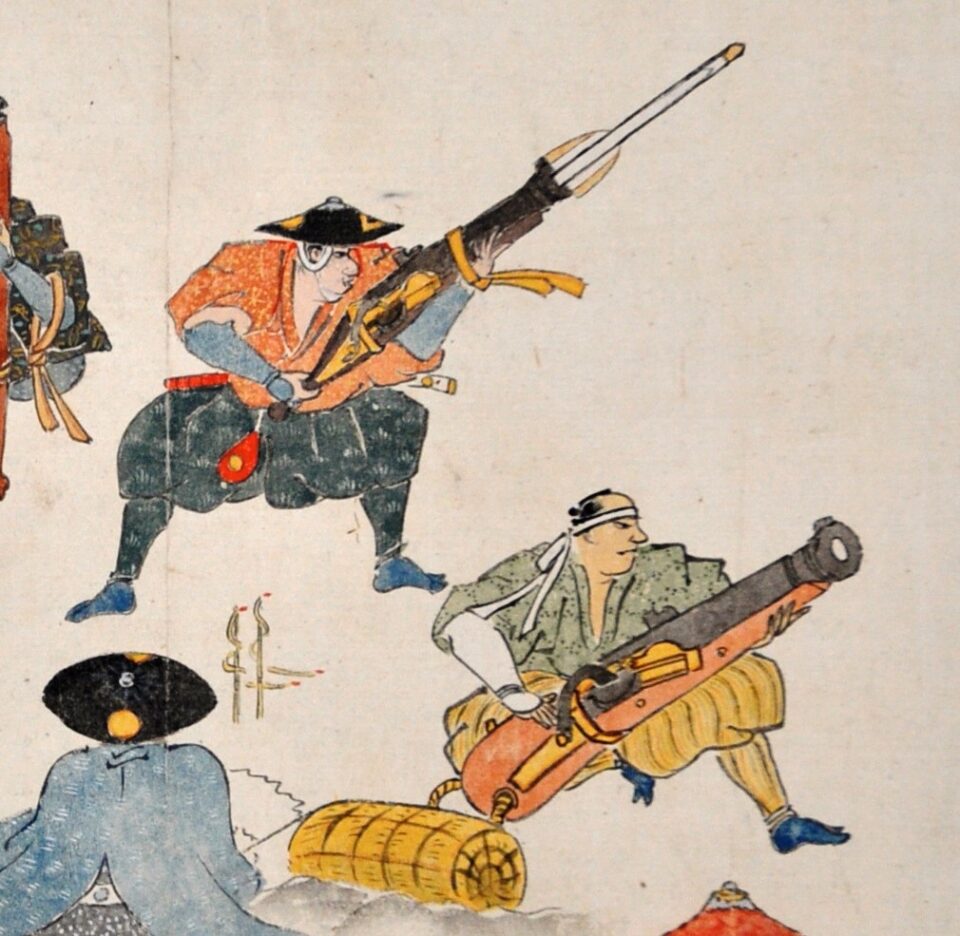
The oldest article related to socks said that specific people need to wear socks during the ceremony in the Kofun period(300~538 AD). During that time, socks were made by fabric without elasticity which looks like shoes made by fabric. Since the socks are not elastic, people used thin rope to help fix them on the ankle.
During the Heian period(794-1185 AD), people wore socks made of different materials depending on social status and situations. Such as silk, flex and leather.
The cotton socks got popular during the Edo period(1603~1868) because it was getting easier to get the cotton fiber at a reasonable price. Also, the big toe and second toe were separated, so that people could wear Japanese sandals with socks.
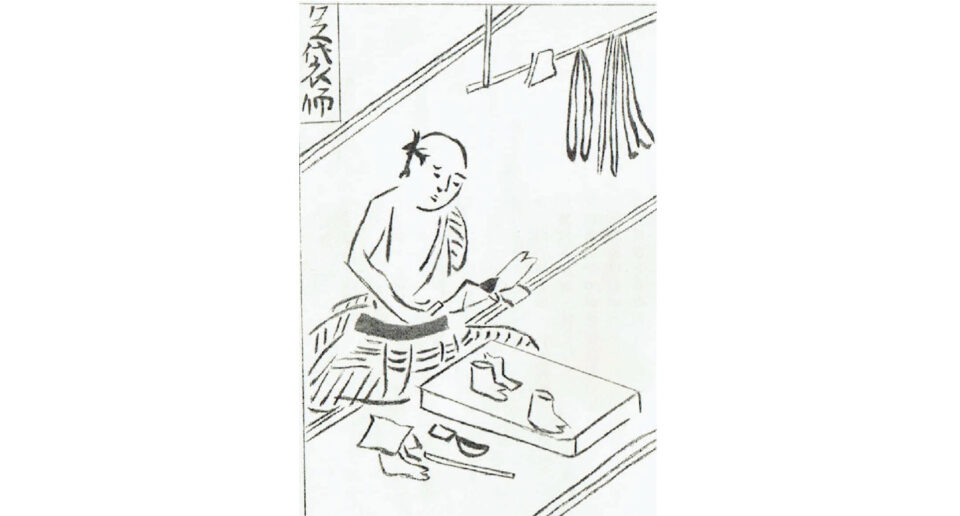
It is said that the knitted socks were being carried to Japan through trade with foreigners from 1567~1637. That was also the first time that the Japanese saw the knitting method. In 1871, the knitting machine was imported to Japan which opened the era of industrial production of socks in Japan.
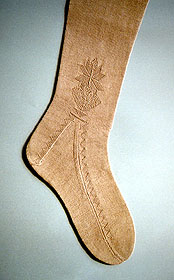
The image of the first socks in Japan.
Here are two books I found in different second hand book stores in Japan. During the time, clothes and socks were not cheap as nowadays, people tend to make clothes for themselves.
It’s so interesting to see how the books taught readers to knit!
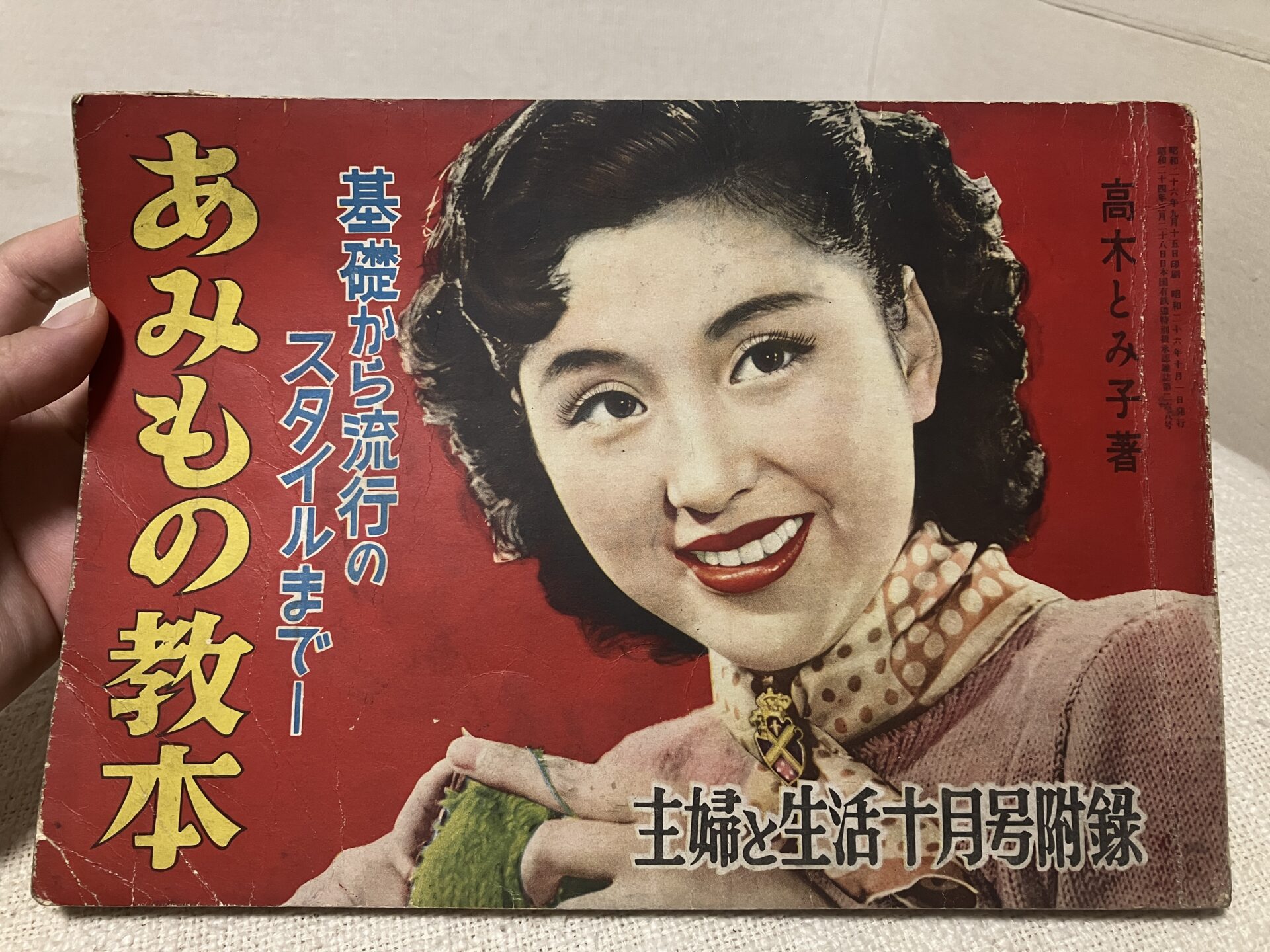


↑The book was published in 1951.
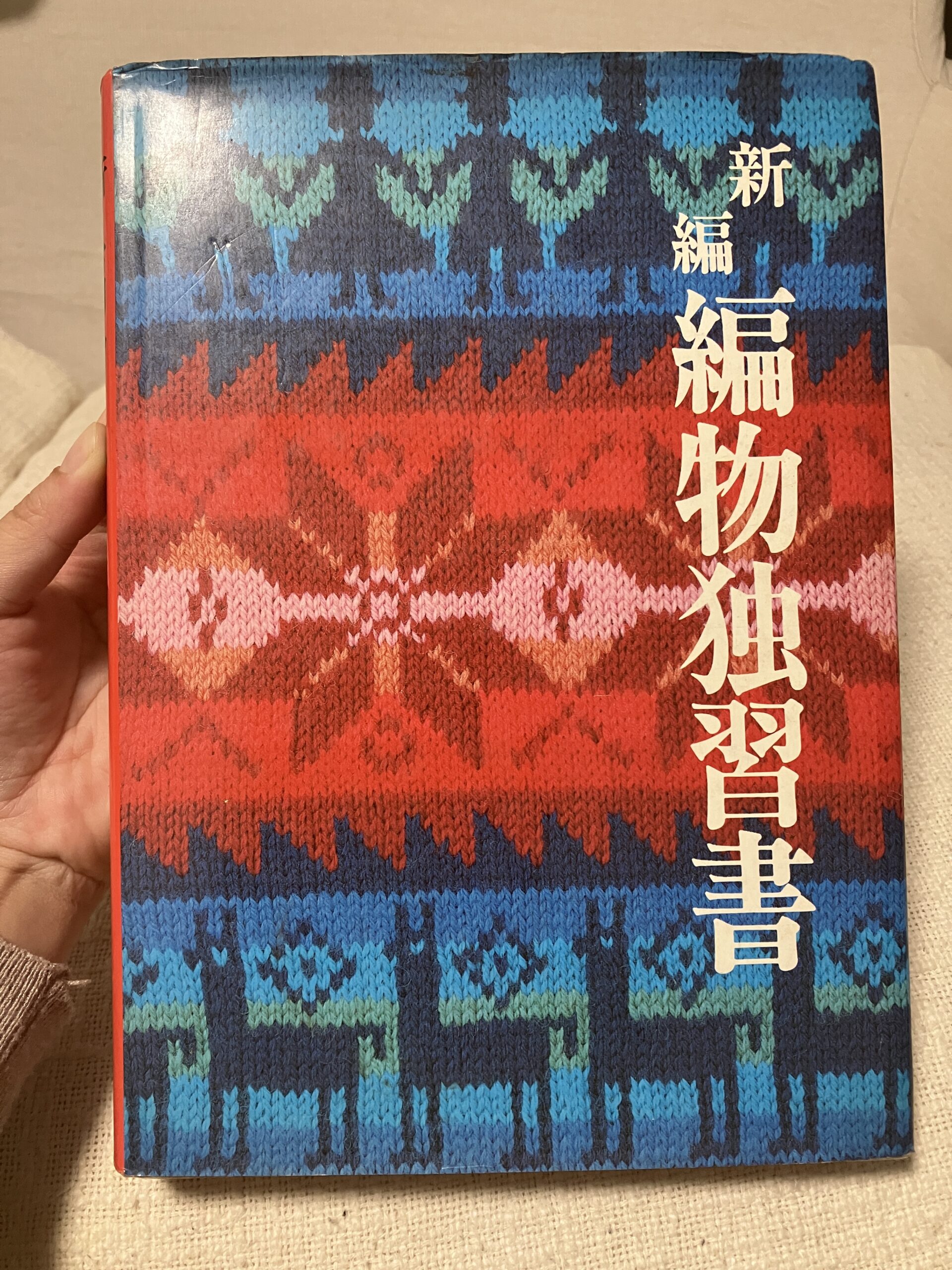
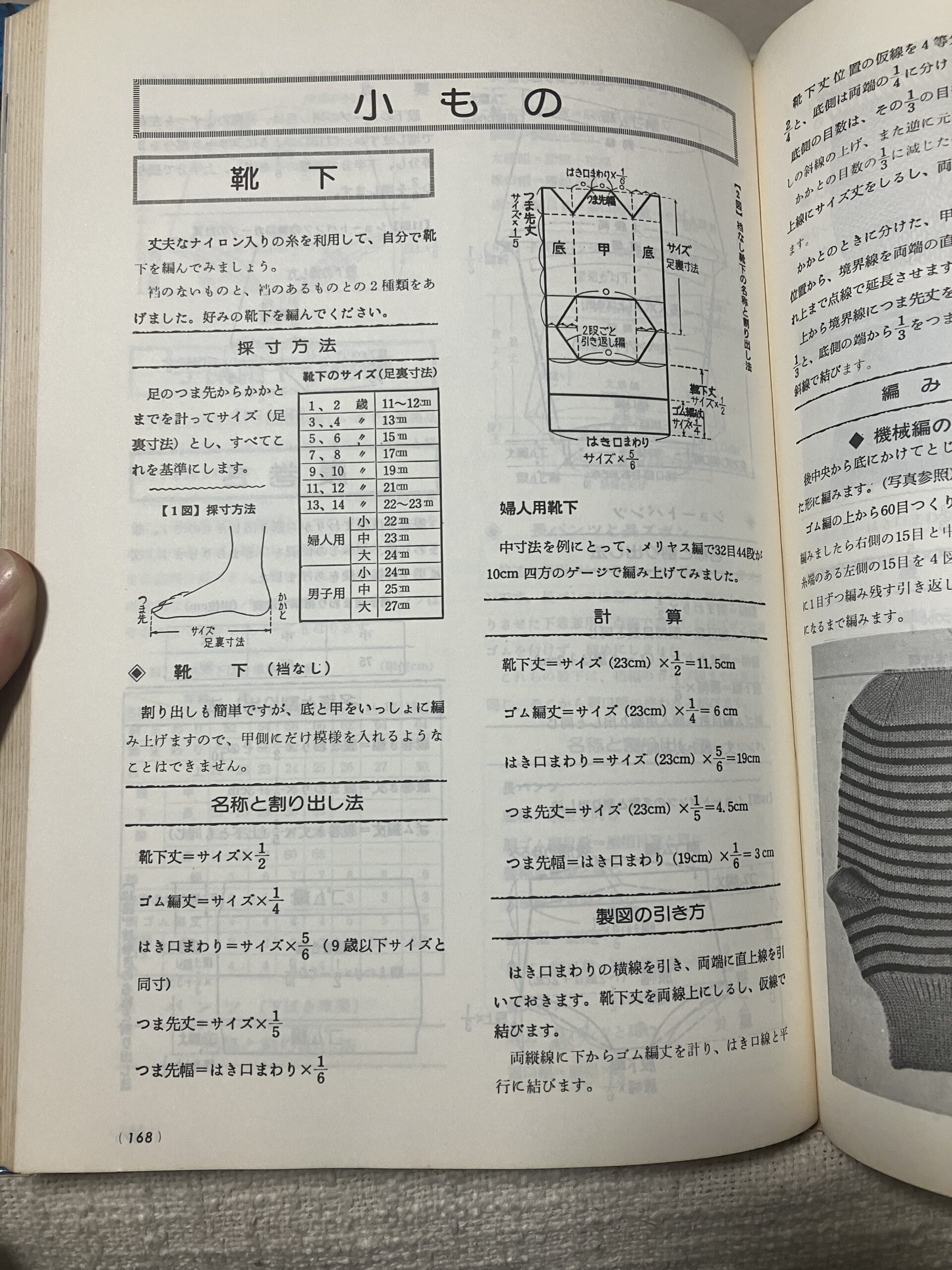

Have you ever thought about the history of socks in your country? If you haven’t, it must be a fun chance to take a look. I am sure that you may find some incredible stories behind it!
By the way, there is an museum of socks in Japan!
See you next time!
References
https://note.com/souki_factory/n/nabc0654210e7
https://wargo.jp/blogs/kasuu-column/history_tabi
https://ja.wikipedia.org/wiki/%E6%B1%9F%E6%88%B8%E6%99%82%E4%BB%A3
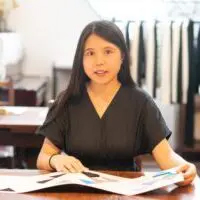
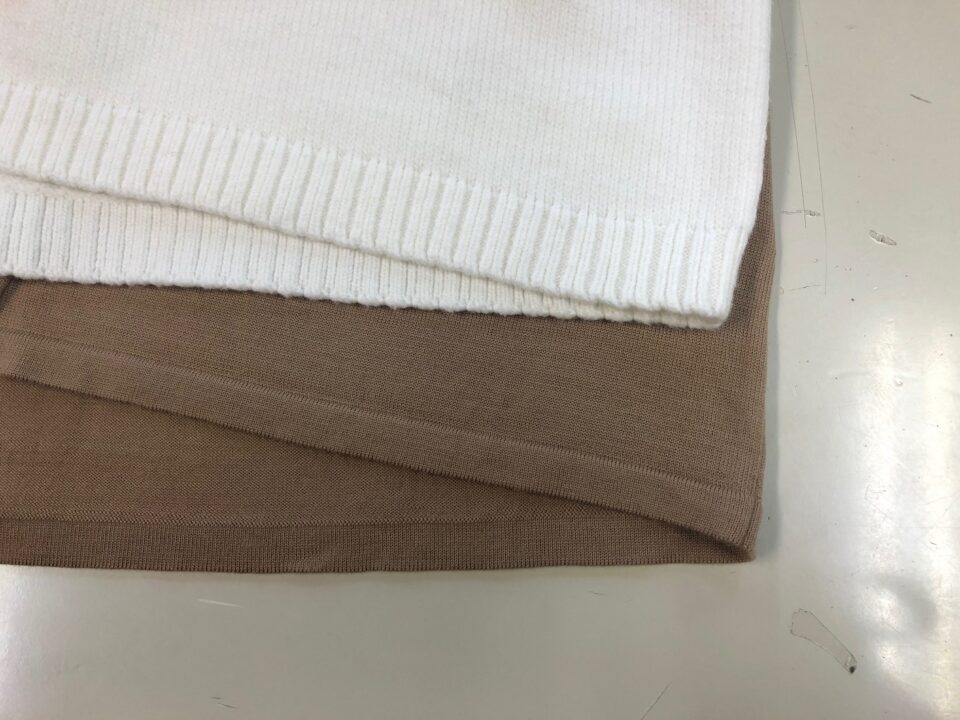
2023年11月29日
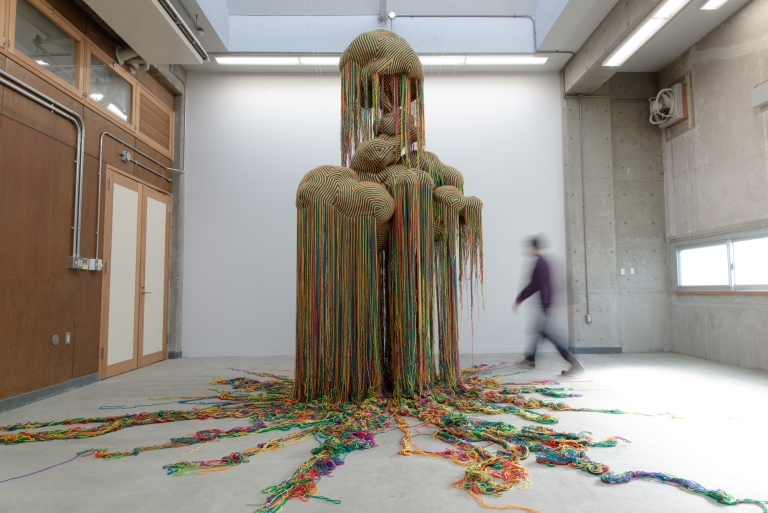
2023年11月9日
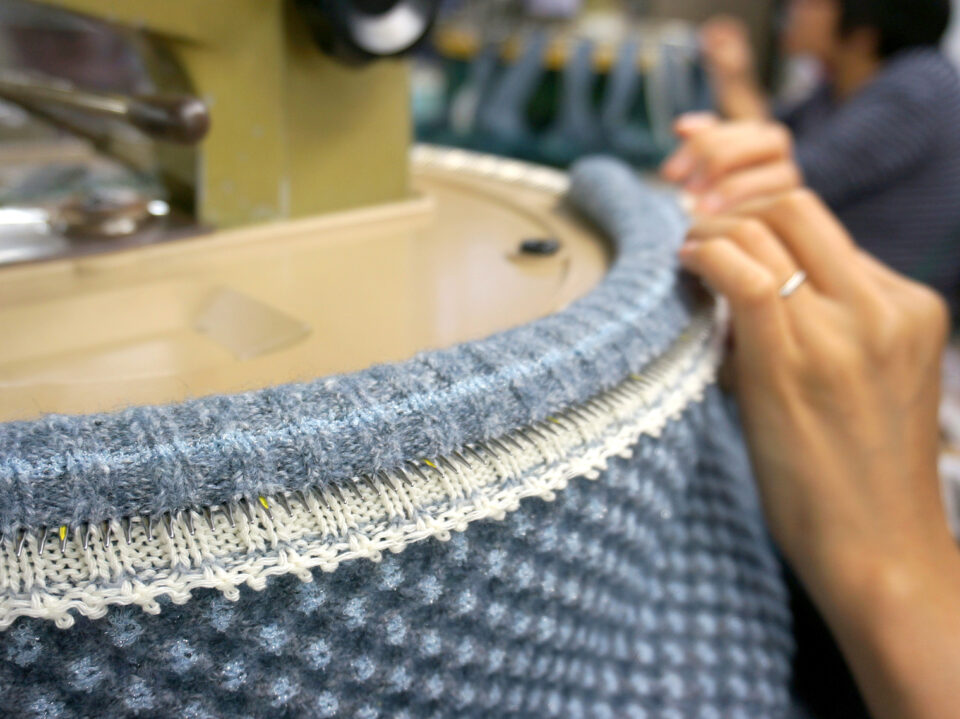
2023年11月7日
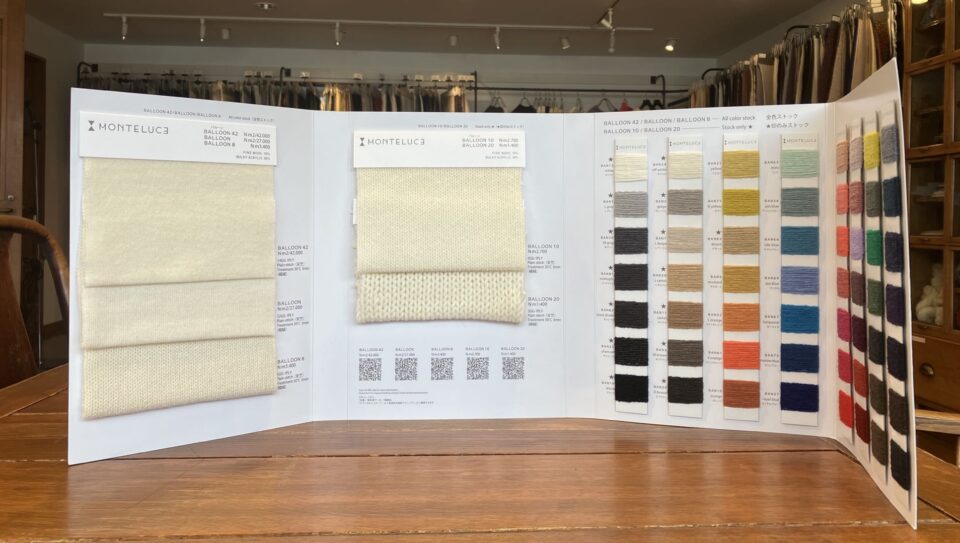
2023年11月1日
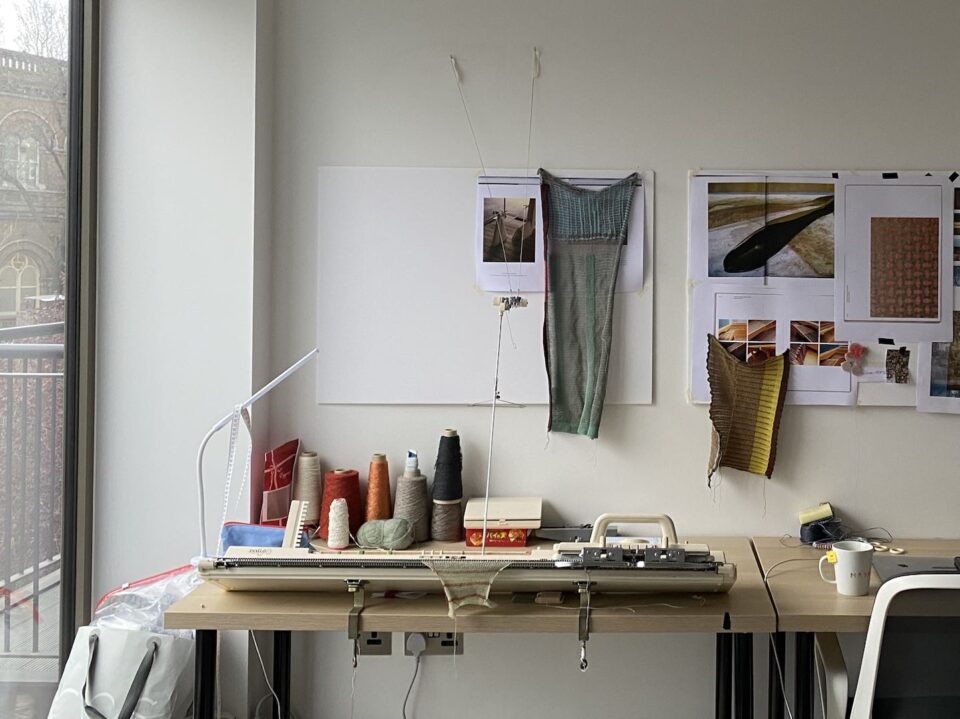
2023年10月26日
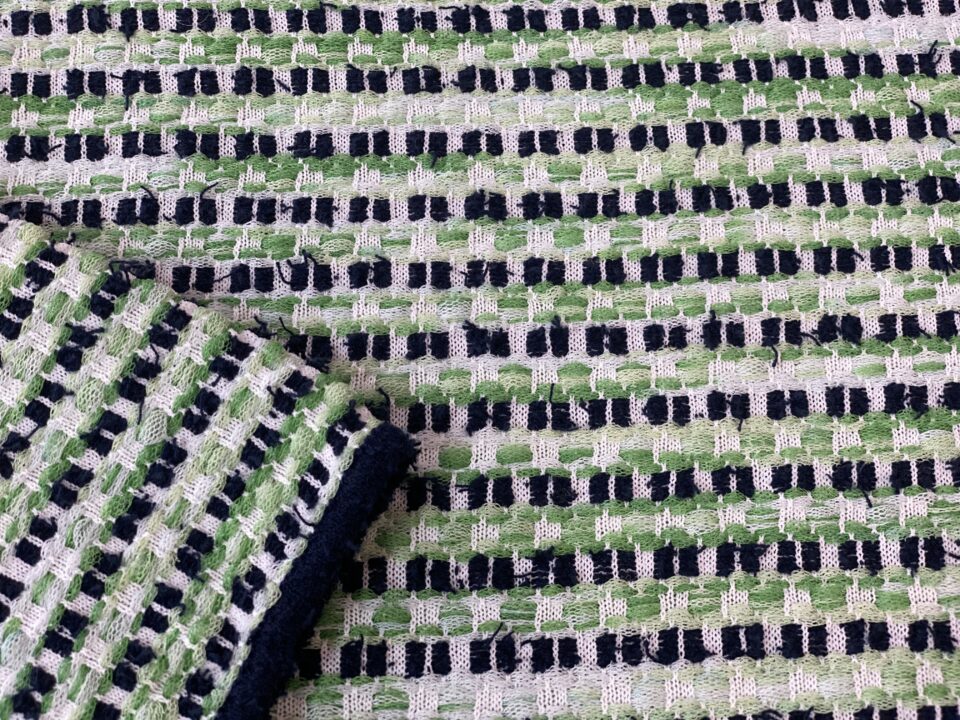
2023年10月24日